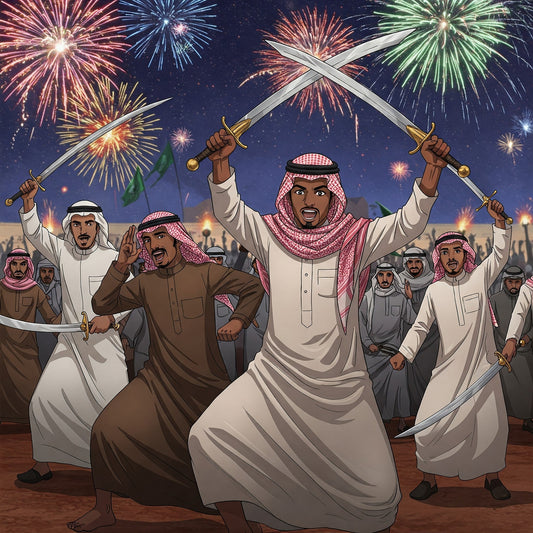The thobe, also known as a kandura, dishdasha, or thawb, is a ubiquitous garment across the Arab world, symbolizing tradition, piety, and cultural identity. This long, loose-fitting robe, typically white, has a rich and complex history, evolving over centuries to reflect the diverse climates, customs, and social structures of the regions where it's worn.
Origins and Early Development:
The thobe's roots can be traced back to ancient Mesopotamia and the Arabian Peninsula. Its design, characterized by its simplicity and practicality, was ideally suited to the harsh desert environment. Early forms of the garment were likely made from readily available materials like cotton, wool, or linen, providing protection from the scorching sun and blowing sand. The thobe's evolution was also influenced by religious and cultural factors. Islam, with its emphasis on modesty and simplicity, played a significant role in standardizing the garment's form. The white color, often associated with purity and cleanliness, became particularly popular, especially for religious occasions.
Variations Across the Arab World:
While the basic design of the thobe remains consistent, regional variations have emerged, reflecting the unique characteristics of each country or region. These variations can be seen in the fabric, cut, embroidery, and accessories.
-
Saudi Arabia:
- The Saudi thobe is often characterized by its tailored fit and stiff collar. It can be made from various fabrics, including cotton, polyester, and wool, depending on the season.
- Variations exist, such as the "thobe farwa," which features a fur lining for colder weather.
-
United Arab Emirates (UAE):
- The Emirati kandura, as it's known, is often distinguished by its distinctive tassel (tarboosh) and intricate embroidery around the collar and sleeves.
- The fabric tends to be lighter and more flowing, reflecting the hot and humid climate.
-
Kuwait:
- Kuwaiti dishdashas often feature a looser fit and a more rounded neckline.
- They commonly use very light fabrics.
-
Oman:
- The Omani dishdasha is known for its unique collarless design and the use of vibrant colors, especially for special occasions.
- It is often accompanied by a distinct head covering, the Mussar.
-
Qatar:
- Qatari thobes are often made from high quality fabrics, and are tailored to a very specific fit.
-
North Africa:
- In North Africa, the thobe can take on different forms, such as the djellaba in Morocco, which features a hood.
- These variations are often made from heavier materials, providing warmth during the cooler months.
-
Sudan:
- Sudanese Jalabiyas are often made from white cotton, and are very loose fitting.
Beyond Regional Differences:
Beyond national variations, individual preferences and social status also influence the choice of thobe. High-quality fabrics, intricate embroidery, and designer labels are often associated with wealth and prestige.
The thobe's enduring popularity is a testament to its versatility and cultural significance. It remains a symbol of Arab identity, connecting generations and reflecting the rich tapestry of the region's history and traditions. Whether worn for everyday comfort, religious observance, or formal occasions, the thobe continues to be an integral part of Arab life.






